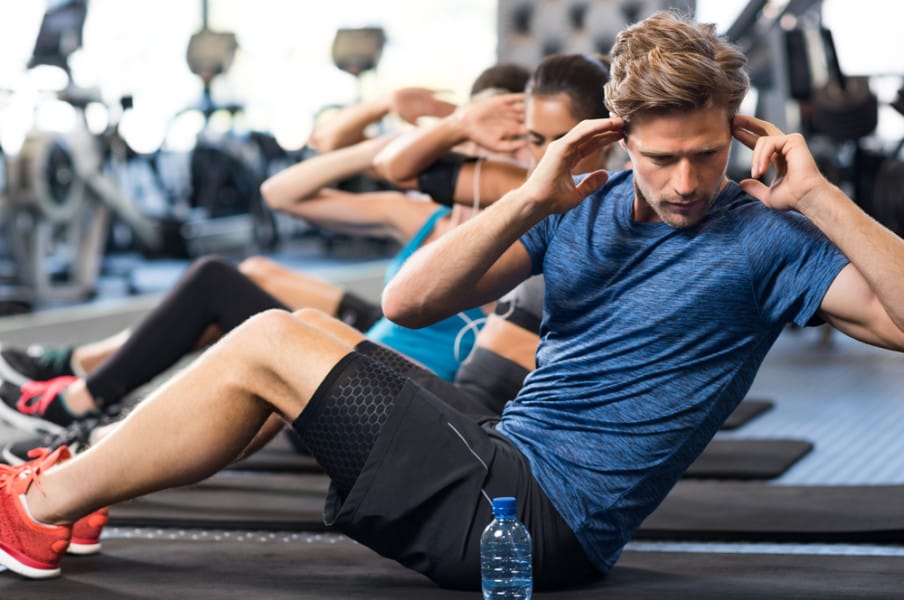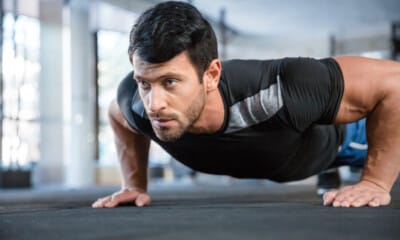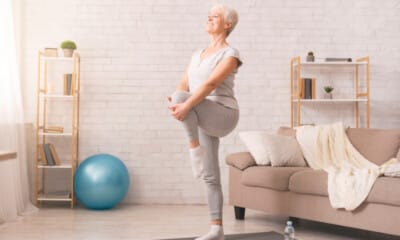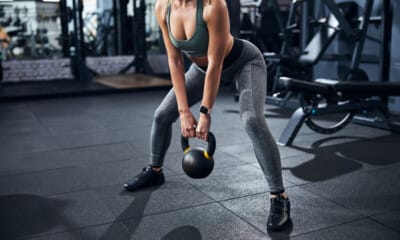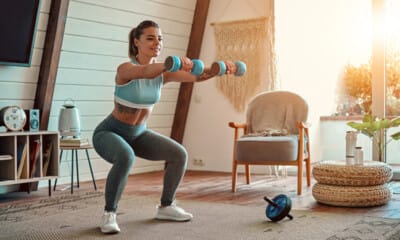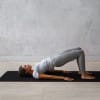You Need To Understand Your Body If Abs Exercises Never Seem To Get Any Easier
In your pursuit of strong abdominal muscles, you may find yourself regularly doing crunches and planks. However, despite your efforts, you still struggle with abs exercises every day. So, what’s the reason behind it?
Don’t worry, it doesn’t necessarily mean that your abs are weak. It could simply be a sign that your workout routine needs some adjustments.
Why focusing on form is crucial for strengthening your abs
Your abdominal muscles consist of four main groups—the transversus abdominis, rectus abdominis, and internal and external obliques—that run along the front of your torso from your ribs to your pelvis. While many people try to strengthen their abs through exercises like sit-ups and planks, these movements often engage other core muscles as well, which can hinder progress, says Kristie Larson, a strength coach in New York City.
According to Larson, factors such as body positioning and the mobility of your hips and spine greatly impact which muscles are being developed. Therefore, if you’re feeling more strain in your quads and shoulders during a plank rather than in your abs, the issue may not be your strength but your positioning.
A common mistake made during abs exercises is tilting the pelvis forward, as noted by Sherry McLaughlin, founder of the Michigan Institute for Human Performance. Those with overarched spines tend to struggle with abs exercises. The correct position of the pelvis should be neutral, which means lying on your back with your knees bent and feet on the floor, finding the balance between a completely arched back and a flat one. McLaughlin suggests aiming for just enough space underneath your lower back for a blueberry to fit.
In addition, tight opposing muscles can weaken your abs and affect your form. McLaughlin highlights the hip flexors, or psoas muscle, as a common culprit. This muscle tends to be tight in people who sit for long periods or walk with their toes pointed out. Tight quads can also contribute to a forward tilt of the pelvis.
Larson adds that overusing the hip flexors during floor exercises like crunches, lifting the hips, or tipping into the shoulders during plank positions are also common form mistakes. She emphasizes that people often prioritize duration over intensity, which is not effective. A proper plank position should feel challenging immediately, and holding a strong plank for longer than 30 seconds might be very difficult. Therefore, maintaining tension and correct positioning are crucial for developing stronger abs.
Are you doing the most effective exercises for your abs?
While you may recall doing countless sit-ups in grade school, they are not the most efficient way to strengthen your abs, according to McLaughlin. Since the abs primarily function as stabilizers, they should be trained accordingly. She suggests incorporating exercises that closely mimic real-life movements. Larson agrees and recommends exercises that use your body weight or add external resistance to improve ab strength. Examples include heavy carries, hanging knee raises, and rotating med-ball slams. Larson also suggests externally loaded exercises like farmer carries and cable woodchoppers, as they require dynamic stabilization for balance, making them more effective for ab training than floor exercises. Additionally, exercises such as squats, overhead presses, and deadlifts are excellent for increasing ab strength, even though they may not be directly associated with abs. Beginners, however, should be cautious not to lift excessively heavy weights.
McLaughlin adds that perfecting your squat form can also activate your gluteus maximus, preventing the hip flexors from taking over during exercises such as planks or crunches. If you experience even mild low-back discomfort, she advises stopping the exercise and focusing on activating the quads or glutes through squats and lunges before retrying the abdominal exercise.
The real indicator of stronger abs
If you’re expecting to see a six-pack in the mirror to validate your ab strength, think again. Since the abs work in conjunction with other muscles in real-world movements like stabilization, rotation, flexion, and extension of the spine, tracking progress can be challenging. Larson explains that improvements in ab strength may be observed during heavy lifts when you can maintain torso positioning under load. Therefore, the true measure of increased ab strength may not be visible in the gym.
According to McLaughlin, the best gauge for stronger abs is noticing how other activities become easier. Squatting, lifting from the ground, lifting overhead, and even throwing should all become less challenging. In addition, you may experience a reduction in back or knee pain, indicating that your abs are working effectively.


